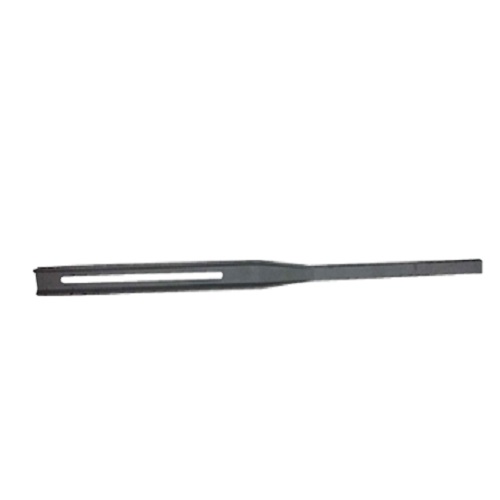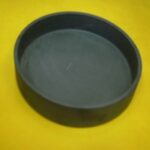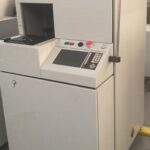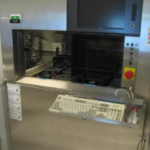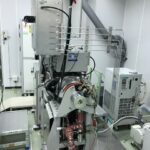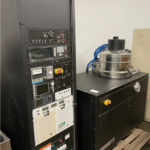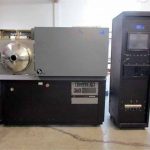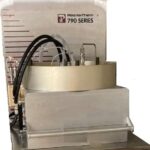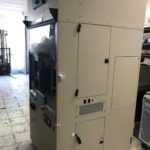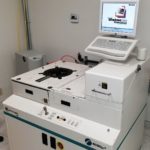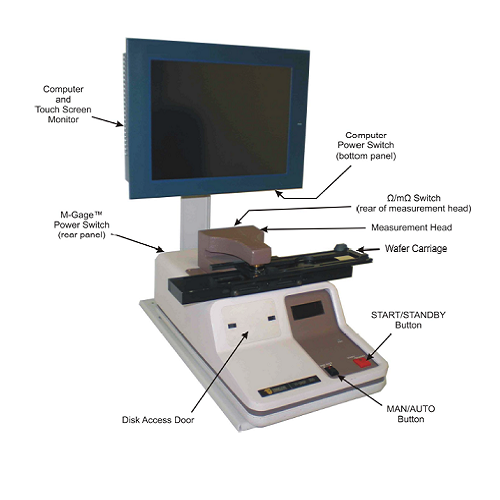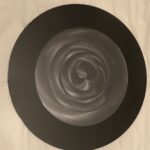Description
This is only for end user. Pls provide the drawing and quantity for RFQ.
We use Si-SiC material for making paddle . Here are the Physical Properties of Si-SiC.
| ITEM | UNIT | Si-SiC | |
| Density | g/cm3 | 3.02 | |
| Porosity | % | <0.1 | |
| Flexural Strength | MPa | 250 (20oC) 230 (1200 oC) |
|
| Young’s Modulus | GPa | 330 (20oC) 300 (1200 oC) |
|
| Fracture Toughness | MPa. m1/2 | 3.4 | |
| Hardness | Kgf/mm2 | 2,000 | |
| Thermal Shock Resistance | DToC | 450 | |
| Thermal Conductivity | W/m. oK | 90 | |
| Electrical Resistivity |
Ohm.cm | 10^0 | |
| Thermal Expansion | 10-6/oK | 4.5 | |
| Specific Heat | (J/Kg. oK ) | 820 | |
| Max. Serve Temp. | oC | 1,380 | |
Applications :
Solar, semiconductor, diode; diffusion process
Basic requirements:
Excellent process stability, stable material properties,High temperature impact, good purity, high temperature bearing capacity, Long-term use is not easy bending deformation, long life.
Kind of form:
Full size, suitable for major world diffusion furnace equipment, the use of the diffusion process,such as Centrotherm, Tempress, Samco and Customizable.
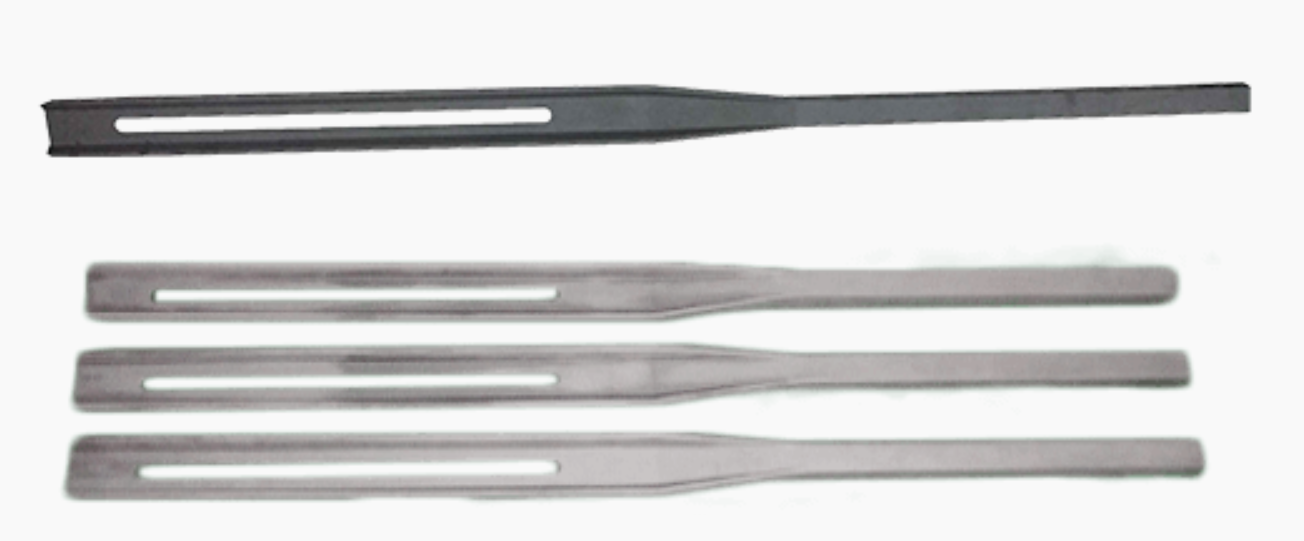
SiC Product Features
High temperature and corrosion resistant, improving wafer quality and productivity
SiC refers to silicon carbide. Silicon carbide (SiC) is made of quartz sand, coke and other raw materials through the high temperature furnace melting. The current industrial production of silicon carbide has two kinds, black silicon carbide and green silicon carbide. Both are hexagonal crystal, the specific gravity of 3.21g / cm3, micro hardness of 2840 ~ 3320kg / mm2.
At least 70 kinds of crystalline silicon carbide, due to its low gravity 3.21g/cm3 and high temperature strength, it is suitable for bearings or high temperature furnace raw materials. at any pressure can not be reached, and have a considerable low chemical activity.
At the same time, many people have tried to replace silicon with silicon carbide due to their high thermal conductivity, high crush electric field strength and high maximum current density. Recently, in the application of semiconductor high power components. In fact, the silicon carbide substrate in thermal conductivity, more than 10 times higher than the sapphire substrate, so the use of silicon carbide substrate LED components, with good conductivity and thermal conductivity, relatively conducive to the production of high-power LED
Material Comparison Chart:
| Nature | density(g/㎝3 ) | density(g/㎝3 ) | (10-6 / ℃) | (Kgf/㎜2 ) | (J/㎏*°K) | (GPa) | (MPa) | (MPa) | (MPa) | (MPa*m0.5 ) | (Poisson’s ratio) | (℃) |
| Al2-O3 | 3.9 | 3.9 | 8 | 1600 | 880 | 370 | 262 | 2600 | 380 | 3.6 | 0.26 | 2053 |
| ZrO2 | 6 | 6 | 10.1 | 1400 | 400 | 200 | 700 | 1850 | 690 | 9.5 | 0.23 | 2700 |
| SiC | 3.2 | 3.2 | 4 | 2300 | 700 | 410 | 400 | 3900 | 550 | 4.6 | 0.19 | 2700 |
| Si3 N4 | 3.3 | 3.3 | 2.3 | 1500 | 700 | 310 | 524 | 2500 | 780 | 7.7 | 0.24 | 1900 |
| Cellon Sialon | 3.2 | 3.2 | 3 | 1600 | 620 | 300 | 450 | 3500 | 600 | 6.5 | 0.23 | 1900 |
| WC | 15 | 15 | 6 | 1600 | 390 | 700 | 896 | 6100 | 550 | 25 | 0.18 | 2870 |
| Glass | 2.5 | 2.5 | 0.5 | 1000 | 740 | 70 | – | 1100 | 69 | 1 | 0.2 | 2200 |
| BN | 2 | 2 | 2 | 220 | 1850 | 62 | 41 | 143 | 73 | – | 0.13 | 2600 |
| AlN | 3.2 | 3.2 | 4.4 | 1200 | 730 | 340 | 400 | 2070 | 350 | 2.6 | 0.25 | 2400 |
| B4 C | 2.5 | 2.5 | 5.6 | 3200 | 930 | 450 | 350 | 2800 | 400 | 3 | 0.15 | 2450 |
| Steel | 7.8 | 7.8 | 13.6 | 126 | 448 | 200 | 520 | – | – | 14 | 0.3 | 1450 |
Relatively high thermal conductivity of the substrate table:
| Substrate material | FR4 | MCPCB | LTCC | Al2-O3 | SiC | AlN |
| (W/m*°K) | 0.7~1.2 | 2~6 | 8~15 | 20~28 | 120~140 | 140~180 |
| Insulativity(Ω×㎝) | 1014 | 108 | 1013 | 1015 | 108 | 1011 |
| (0.25cm2 ) (W) | <0.2 | 0.5~1 | 1~1.5 | 2~3 | 3~15 | 15~20 |
| Board size | To large-scale | To large-scale | No more 6″×6″ | No more 6″×6″ | No more 6″×6″ | No more 6″×6 |
These items are only for end users.
SS5624
